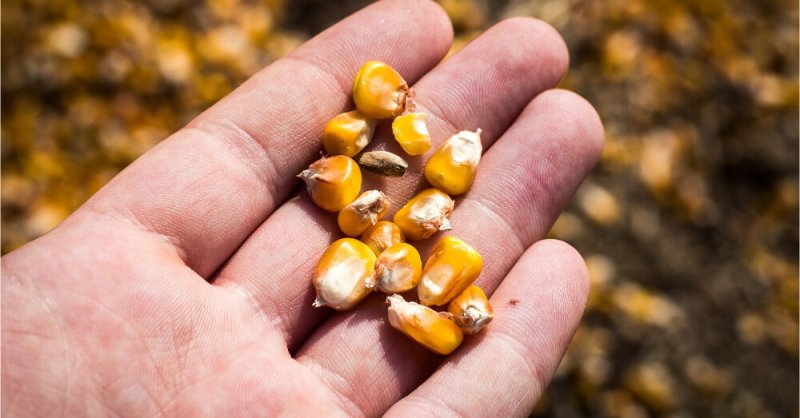Saving seed from this year’s crop in order to sow it the following spring is a romantic idea, but most modern-day farmers don’t have time for it, nor the know-how. Producing good quality seed that grows “true-to-type”—in other words, it produces exactly the crop that’s advertised—is a highly specialized skill. That’s why we have seed farmers.
Generally speaking, seed farmers grow crops in a way that optimizes the quantity and quality of its seed for the purpose of selling it to other farmers and gardeners.
…
Think of your favorite tomato—its size, color, shape, flavor, etc. Those are distinct genetic traits that defines that particular cultivar. But with many plants, reproducing those traits is not as simple as harvesting the seed and planting it again. That’s because pollen from closely related plants can enter the flower (either via wind or with the help of a flying insect), introducing another set of genes with different traits. The crop resulting from those seeds will not be true-to-type—the same as the parent, that is. Preventing cross-pollination is one of the biggest practical challenges for seed farmers, and they employ a variety of methods to isolate their plantings from closely related crops and wild plants.
Read full, original post: What Does a Seed Farmer Do?































